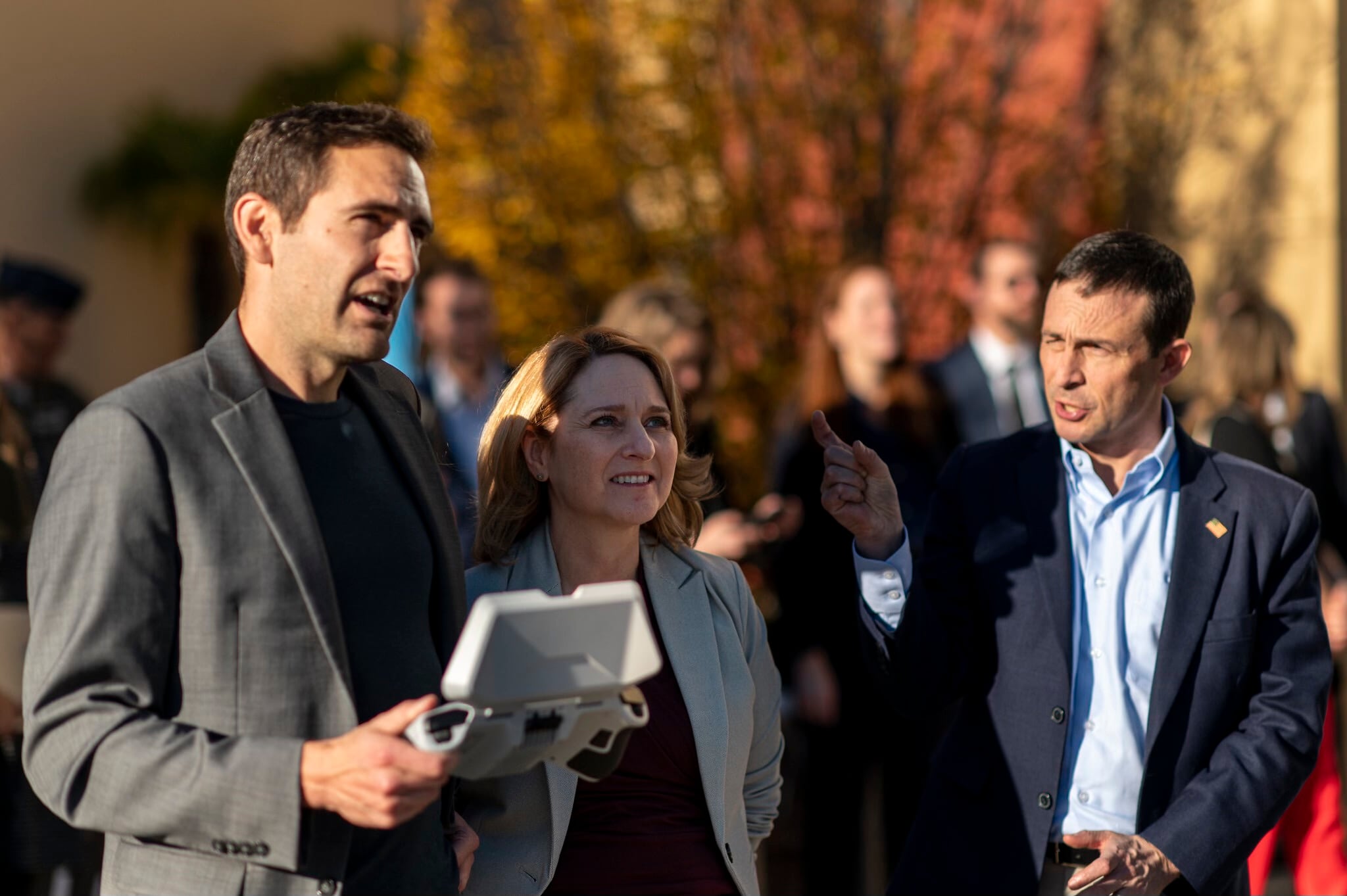Just days before the Taliban captured Sgt. Bowe Bergdahl when he walked off his post in 2009, another Taliban prisoner escaped: It was former New York Times reporter David Rohde, and while he and Bergdahl were held by the same people around roughly the same period, they never met and their stories are very different.
Rohde, who was captured in Afghanistan while researching a book, was familiar with the region, its people, customs and culture. He was captured along with his interpreter and driver. Perhaps above all else, he was a civilian. These all made for a different experience than what Bergdahl says he endured.
Rohde's escape also made a big difference: The Taliban wasn't about the let that happen again, especially not with an American soldier, someone looked at much less favorably than a civilian journalist.
In episode 4 of the Serial podcast, we hear more about Bergdahl's experiences in captivity, including his banishment to a 6-foot cell, where he was subjected to torture such as being slowly cut as many as 60 or 70 times, he said. But we also hear about what was happening just outside the walls of Bergdahl's captivity, including the complicated network of terrorist leaders and government officials that operated in concert and helped facilitate his five-year imprisonment.
Berhdahl was held by members of the Haqqani Network, a terror organization linked to the Taliban that also coordinated with the Pakistani government, even serving as an intermediary between the two. The situation on the ground at the time was fraught with complicated relationships and networks that crossed the borders of Pakistan and Afghanistan – and possibly made it that much harder to track Bergdahl.







